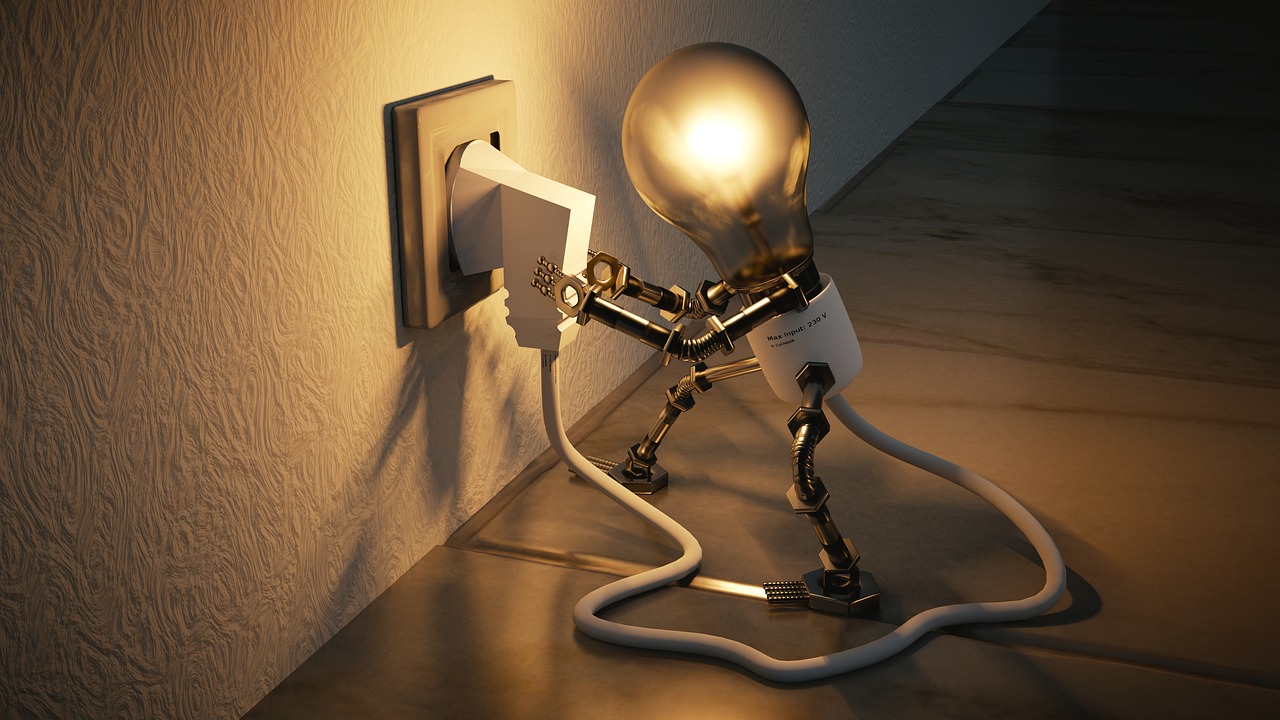Did you know your TV wastes electricity while you’re not watching it?

October 25, 2022
Just as you read it. While you’re at a job pining to get home early to watch the new episode of your favorite streaming series, your TV is sitting there burning electricity waiting for you to get home. So, in this post we’ll show you how to calculate how much is being wasted and why this is happening.
Why Does My TV Use Power When I’m Not Watching?
To begin with, it must be established that, unlike many other appliances in your home, such as lamps or window fans, your television does not have a true on/off state toggled by a switch.
Instead, your TV and many other similar electronic devices, such as cable set-top boxes or video game consoles, have a standby mode. In addition, remember that your TV needs at least a sufficient “phantom load” of power to ensure that it can respond to the remote control and maintain basic functionality.
At the more demanding end of the scale, your TV could consume more power to maintain a network connection for on-demand streaming or other Smart TV features, such as ensuring that an always-on voice assistant can respond to it.
How Much Standby Power Does My TV Use?
Unfortunately, the most accurate way to determine how much standby power your TV uses is to measure it yourself, as manufacturers usually seem to play around with their power estimates; it certainly looks like the data they provide is in the most optimal condition with all power-consuming features turned off.
If you are really interested in finding out the exact figure, you can get a Kill a Watt meter and follow the instructions in a good quick guide. Now, in general, all we can say with authority is that your TV uses some power when it’s plugged in.
Independent experts have measured several TVs and found that standby power consumption ranged from a few watts to around 20W. While the average standby power consumption of a smart TV was around 14 W.
Those findings align with data from the National Resources Defense Council and its collaboration with the Northwest Energy Efficiency Alliance, where the TVs they measured averaged about 12.5 W of standby power consumption.
Nevertheless, the range they found was quite wide, for while some sets used 20 W in standby mode, newer sets with properly optimized “smart standby” features consumed as little as 0.2 W in standby mode, which is a fairly substantial difference.
So, assuming your TV sits idle for 20 hours a day and your energy costs 12 cents per kWh, the TV with a 20 W idle would cost you $17.52 per year, and the TV with 0.2 W idle would cost you only $0.18 per year, less than a quarter.
However, it doesn’t mean that you should rush out and buy a new TV in order to save standby power, especially when you are comfortable with your current TV. Instead, you could check the standby power statistics on the next set you buy.
In closing, you should know that, on average, people own their TVs for 5 to 7 years, so a set with improved power usage could save you about $100 over the life of the set. Therefore, it could be a pocket-friendly alternative.








